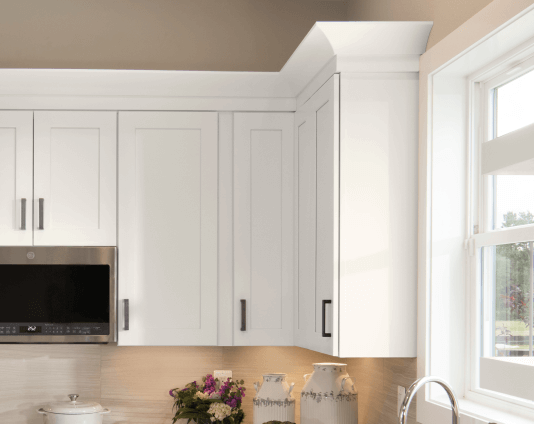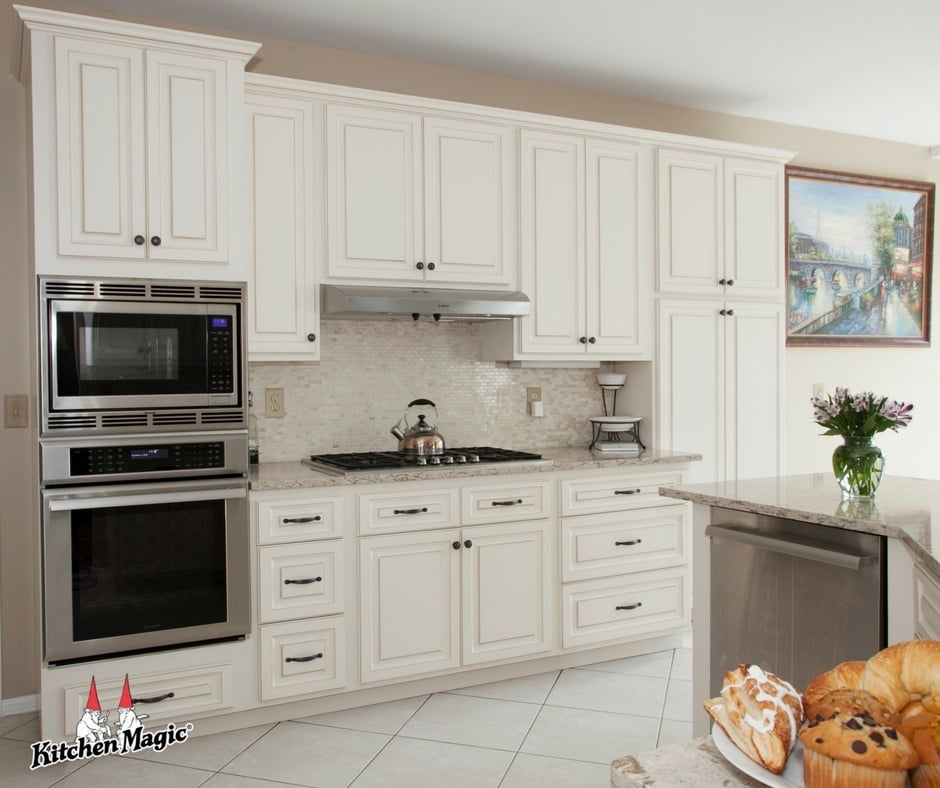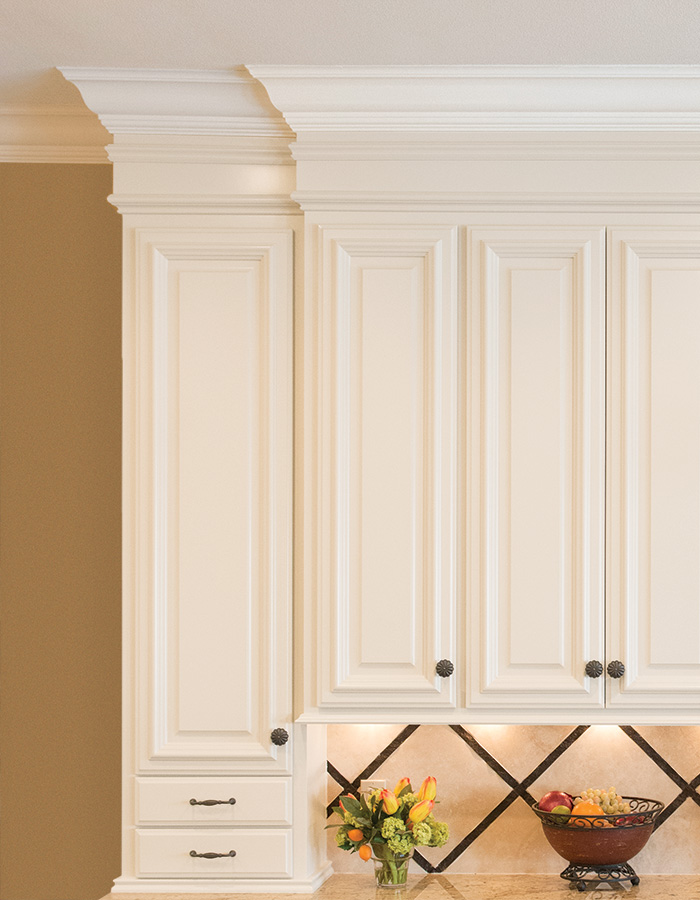Are you looking to elevate the look of your kitchen without a full remodel? Kitchen cabinet decorative trim might just be the perfect solution! As a passionate home renovator and design enthusiast, I can’t emphasize enough how much a simple trim can enhance the overall aesthetic of your kitchen. In this comprehensive guide, we’ll explore various styles, installation tips, and all you need to know about kitchen cabinet decorative trim.
What is Decorative Trim for Kitchen Cabinets?
Decorative trim refers to the ornamental moldings or attachments that are added to kitchen cabinets to enhance their visual appeal. These trims can range from simple designs to intricate styles, effectively giving your cabinets a custom and polished look.
Types of Decorative Trim
Understanding the different types of decorative trim can help you choose the right one for your kitchen. Here’s a breakdown of popular styles:
Crown Molding
Crown molding is a classic choice that adds a touch of elegance to your cabinets. Typically installed at the junction between the cabinetry and the ceiling, crown molding creates a seamless transition and enhances the room’s height.
Pros and Cons of Crown Molding
| Pros | Cons |
|---|---|
| Elegant appearance | Can be expensive |
| Hides rough edges | Requires precise installation |

Baseboards and Shoe Molding
Baseboards and shoe molding are used to finish the bottom of your cabinets. They provide a polished look and protect against damage from mops and vacuums.
Pros and Cons of Baseboards and Shoe Molding
| Pros | Cons |
|---|---|
| Protects cabinetry | May require regular maintenance |
| Affordable options available | Can look dated in certain styles |

Chair Rail and Picture Rail
Chair rails and picture rails can be added horizontally along the upper part of cabinetry to create visual interest and define spaces.
Pros and Cons of Chair Rail and Picture Rail
| Pros | Cons |
|---|---|
| Great for paint colors | May require more wall prep |
| Adds dimension and style | Can be overwhelming if overused |

Choosing the Right Decorative Trim for Your Kitchen
With a plethora of options available, selecting the right trim can be overwhelming. Here are some essential factors to consider:
1. Kitchen Style
Consider the overall style of your kitchen. For instance, traditional kitchens often pair well with ornate trims, while modern kitchens benefit from sleek, minimal designs.
2. Material
Common materials for decorative trim include wood, MDF, and polyurethane. Each material has its is advantages and disadvantages in terms of durability and cost.

3. Color and Finish
Ensure that the color and finish of the trim complement your cabinetry and the overall color scheme of your kitchen.
Personal Experience: Installing Decorative Trim
When I decided to add decorative trim to my kitchen cabinets, I initially felt overwhelmed. After researching, I opted for crown molding. The installation wasn’t as intimidating as I thought it would be. With a few tools and some patience, I transformed my kitchen into a more inviting space. It was rewarding to see how such a small addition could make such a significant impact.

Installation Guide for Decorative Trim
Installing decorative trim requires some basic carpentry skills, but with the right guidance, you can do it yourself. Here’s a general step-by-step guide:
Step 1: Gather Your Tools
- Miter saw
- Nail gun or hammer
- Wood glue
- Measuring tape
- Level

Step 2: Measurement and Planning
Carefully measure the areas where you plan to install the trim. Make sure to account for corners and angles, especially when working with crown molding.
Step 3: Cutting the Trim
Using your miter saw, cut the trim according to your measurements. A 45-degree angle cut is often necessary for corners.

Step 4: Attaching the Trim
Using wood glue and a nail gun (or hammer), attach the trim to the cabinets. Make sure it is level and securely fastened.
Step 5: Finishing Touches
Fill any gaps or nail holes with wood filler, sand it down, and paint or stain as needed to match your cabinets.
Cost Considerations
The cost of decorative trim can vary widely based on the material and style selected. Here’s a cost comparison of common trim types:
| Type of Trim | Cost per Linear Foot | Installation Cost |
|---|---|---|
| Crown Molding | $2 – $10 | $5 – $15 |
| Shoe Molding | $0.50 – $3 | $3 – $8 |
| Chair Rail | $1 – $5 | $4 – $10 |
Maintenance Tips for Decorative Trim
To keep your decorative trim looking pristine, consider the following maintenance tips:
- Regular Dusting: Use a microfiber cloth to dust your trim regularly, preventing buildup that can dull the finish.
- Avoid Harsh Cleaners: When cleaning, opt for gentle cleaners that won’t damage the finish.
- Check for Damage: Periodically inspect your trim for signs of damage or wear, and address any issues promptly.
FAQs About Kitchen Cabinet Decorative Trim
1. What is the best material for decorative kitchen cabinet trim?
The best material depends on your kitchen’s style and your budget. Wood is classic and durable, while MDF is cost-effective and easy to paint. Polyurethane is lightweight and water-resistant, ideal for humid environments.
2. How do I choose the right trim style for my kitchen?
Consider the overall theme of your kitchen. For example, traditional kitchens look great with ornate trims, whereas modern designs benefit from simple and sleek profiles.
3. Can I install decorative trim myself?
Yes! With some basic tools and carpentry skills, you can install decorative trim yourself. Follow the step-by-step installation guide for assistance.
4. Is decorative trim worth the investment?
Absolutely! Decorative trim can significantly enhance the visual appeal of your kitchen, giving it a more finished look without the expense of a full remodel.
5. How often should I maintain my decorative trim?
Regular maintenance, such as dusting and cleaning, should be done monthly, while a more thorough inspection for damage can be performed biannually.
Conclusion
Decorative trim for kitchen cabinets is an effective way to enhance your kitchen’s aesthetic without undergoing a full renovation. With the right style, material, and proper installation, you can easily transform your kitchen into a more elegant and inviting space. Whether you choose crown molding, baseboards, or other styles, the addition of trim will surely leave a lasting impression.
So, are you ready to elevate your kitchen with decorative trim? Dive in, unleash your creativity, and enjoy the process of making your kitchen truly yours!